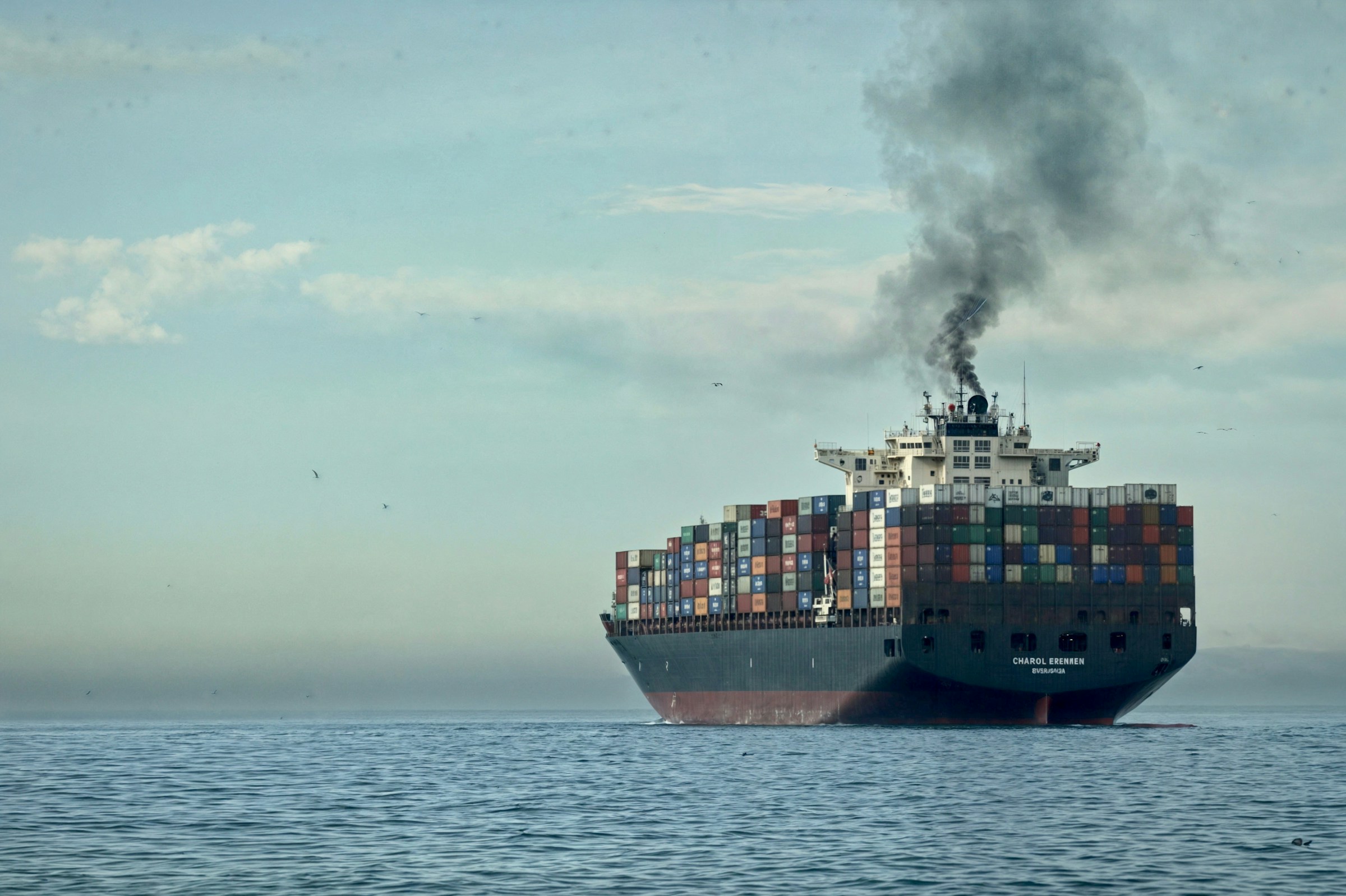Trump’s latest 19% tariff agreement with Indonesia is not an isolated act of economic brinkmanship. It is a structural template—one that repositions the United States’ approach to trade as a bilateral, compliance-driven mechanism anchored by punitive leverage. For Southeast Asia, and for sovereign allocators watching from Singapore to Riyadh, the shift signals a post-WTO phase: one where trade access is no longer earned by systemic alignment, but extracted through tactical submission.
Indonesia may not rank among America’s top 15 trading partners, but its inclusion matters. The country represents both the demographic scale and manufacturing proximity that make it a critical node in ASEAN’s broader China+1 strategy. A US deal framed around flat tariffs, sectoral purchase commitments, and transshipment enforcement is not just bilateral pressure—it’s a prototype for export-heavy economies with limited trade defense architecture.
The framing of the Indonesia deal is revealing. It followed a presidential letter threatening a 32% tariff—a message reportedly sent to over two dozen countries, including Brazil, Japan, and Canada. That tactic is not negotiation; it is preemptive enforcement wrapped in optics of diplomacy. The “agreement” announced with Jakarta effectively lowers the threat rate from 32% to 19% while offering no reciprocal tariff relief for Indonesian goods entering the US.
This modality of “coercive bargaining” upends a three-decade precedent. Under the WTO framework, trade liberalization was guided by mutual concessions, phased implementation, and dispute settlement mechanisms. Under Trump’s approach, tariff application is immediate, discretion-based, and embedded with penalty terms such as transshipment policing—targeting re-exports from China disguised via regional hubs.
Indonesia is now reportedly working on a joint statement with the US to detail these non-tariff provisions. But the pattern is clear: trade has shifted from a rules-based architecture to a power-calibrated access protocol. Deals hinge less on comparative advantage than on how effectively a partner economy absorbs US goods and demonstrates alignment with US enforcement priorities.
According to the Yale Budget Lab, average US tariff rates are now set to reach 20.6%, up from just 2–3% before Trump’s return to office. Even adjusted for consumption shifts, the net rate of 19.7% is the highest since 1933. The implications are systemic: this is no longer a cyclical policy—it is a secular realignment of America’s economic borders.
For emerging markets in ASEAN, this creates a dual dilemma. First, the pathway to US market access is now highly volatile, governed less by trade treaties and more by bilateral compliance optics. Second, participation in China-adjacent supply chains risks transshipment penalties, rendering “neutral” trade corridors functionally constrained.
Indonesia’s top US exports—palm oil, rubber, tires, electronics, and frozen seafood—are precisely the categories most exposed to commodity-driven pricing and regional substitution risk. Locking in fixed-rate tariffs on these categories without defensive safeguards introduces long-term margin compression for Indonesian exporters, even as it secures short-term export pledges from the US side (e.g., Boeing jets, LNG, and soy).
While Indonesia has signaled tentative agreement, the European Union is taking a harder line. The European Commission has drawn up a retaliation list worth €72 billion, targeting Boeing aircraft, medical devices, agricultural goods, and more. The list serves as both deterrent and message: retaliatory symmetry is still a viable defense among peer economies.
For ASEAN nations, however, the silence is notable. Vietnam signed a similar pact. India is reportedly moving toward comparable terms. These economies are not contesting tariffs—they are adapting to them as cost-of-access. And this reflects a deeper asymmetry: the US no longer plays by the system because it no longer needs to. For smaller economies, protest is not leverage. Adaptation is.
This has ramifications for capital allocators. Portfolio hedging must now consider trade policy volatility as a structural risk class—no longer episodic, no longer confined to high-profile partners. In sectors such as semiconductors, commodities, and low-margin manufacturing, exposure to tariff leverage is quickly becoming a proxy for geopolitical pliability.
Indonesia’s tariff “deal” with Trump is not a market event. It is a capital signal. It tells us that:
- US trade enforcement is now bilateral, coercive, and optics-driven. Multilateral alignment no longer insulates against disruption.
- Tariff rates are a new normal, not a bluffing tool. Even if they are revised downward, the cost of negotiating against them is real.
- ASEAN economies are structurally exposed. Supply chain repositioning is no longer enough—political trade compliance is now required.
- Global allocators must reprice US trade predictability. This matters not only for exporters, but for sovereign funds indexing global economic stability.
The Indonesia deal is less about palm oil or planes. It’s about whether trade partners will accept a new order where bilateral deals double as discipline. For now, they are. But each one makes the system less of a system—and more of a scorecard.














-1.jpg&w=3840&q=75)